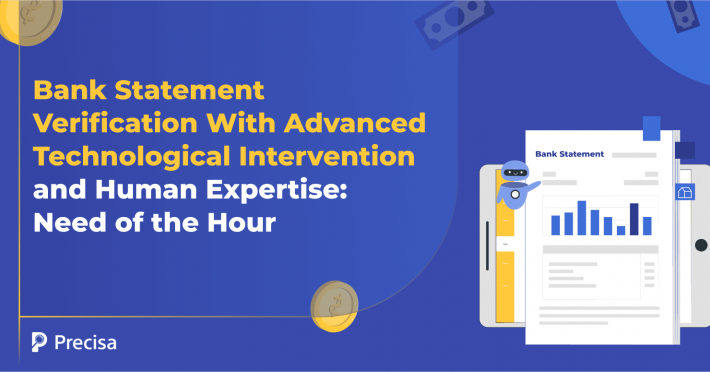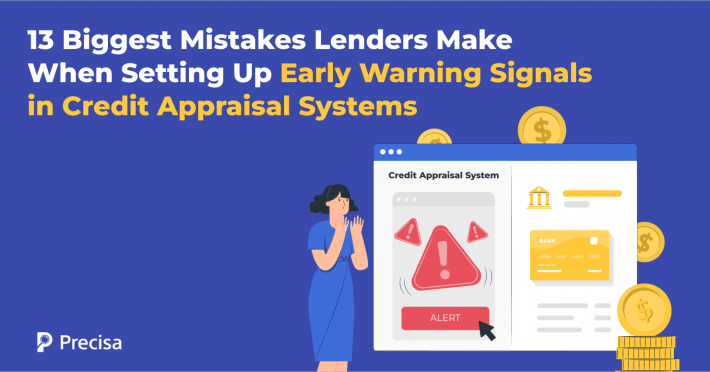How Can the Co-lending Model Work for Home Loan Customers?

Ever since RBI released updated guidelines on co-lending, it has become a more accomodating topic across the news. Home loans are a specific area where co-origination can enhance collaboration between banks and NBFCs. Certain Housing Finance Companies (HFC) have shifted to an asset-light model.
With a model which is relatively common in the developed markets as well, how can it work for home loans? Is it a viable option for HFCs considering co-lending? Let’s see that.
Co-lending model
A co-lending model scheme (CLM) is a strategy in which two lenders collaborate to provide financing. HFCs and banks both benefit from this relationship, as banks have greater liquidity access and HFCs are more prevalent in the market.
At the macro level, co-lending seems like a sound business plan in which both parties – banks and HFCs – complement each other. Two lending firms agree to disburse housing loans, typically at a ratio of 80%-20%.
So, how are home loan customers getting affected by all this?
The Impact of Co-lending between Banks and Non-Bank Financial Companies on Home Buyers
India is still at the nascent stage of co-lending models; banks and NBFCs will have to lay down extensive groundwork to iron out potential future conflicts. Despite RBI guidelines, we need to see how the fourth player, the real estate agent, will be included in the tripartite agreement; since separate escrow accounts are needed for a third party to monitor the funds under the CLM.
Those with high credit scores and credit reliability won’t see any changes. Others may have trouble getting loans and may need to settle for higher interest rates and DTIs (debt to income). Market watchers also see co-lending as a better model than direct lending by HFCs since banks will be more diligent when making credit decisions.
Borrowers who qualify for home loans should ask in writing about the RBI guidelines. If there is a grievance, the lender must explain upfront how the complaint will be handled within 30 days. If the lenders are not addressing borrowers’ grievances, they can approach the ombudsman of the concerned bank or NBFC and the RBI’s customer protection and education unit.
With such support, why is the implementation slow? Are there any challenges in the process?
Implementing Co-lending with Home Loan Customers and the Bottlenecks
Now with the banks and HFCs together offering CLM to home loan customers, let us know more about the implementation of the co-lending model, how it works in reality, and the challenges it serves.
1. Understanding Target Segments:
Co-lending happens in two ways. One is a more progressive approach whereby they are targeting new customer segments. Second, the bank should not alter its risk box. As a result, the second approach would slow down execution due to the NBFCs’ need for significant re-alignment.
2. System Integration:
With longer-term, variable interest rates, and partial or complete foreclosures, home loans have many complications compared to fixed-rate short tenor loans. Due to banks and HFCs utilising different generational systems, co-lending poses a fairly challenging requirement. Consolidating the loan to the customer and separately maintaining entity-level exposures is necessary.
Although various IT options exist currently, their integration with lenders’ systems is yet to happen. The time and cost implications are hampering the process. The creation of an ecosystem as a result of plug and play models has been made possible by certain HFCs, thus easing the implementation.
3. Organisational Challenges:
Implementation of the program faces two main challenges in any firm. Capacity constraints are a hindrance to diverse arrangements. Since the NBFC is the primary originator and assessor of new customers, banks tend to be cautious about straying too far from the defined credit criteria. Dedicated management structures at the bank’s end also pose another challenge.
Despite all of this, Mortgage Guarantees seems to be addressing a few issues. How true is that?
Is it possible for Mortgage Guarantees to Fix CLM’s Implementation Issues?

There are certain technical solutions to some of the challenges mentioned above, but Mortgage Guarantees (MG) make it easier for Co-Lending programs altogether. Participating banks can benefit from this bridge since it adds assurance. As part of the Co-lending Program, the Mortgage Guarantee has several advantages:
1. Flexible Risk Analytics:
Considering the diversity of lenders in a mortgage guarantor, aggregating their data makes it highly objective to measure risk. There is additional data over and above the credit score, and this extra information can help formulate a risk-reward equation that will prove helpful in developing product programs.
2. Enhancing Approval Rates:
Mortgage Guarantees will mitigate additional risk to bank underwriters, given the first loss cover. MG will allow the bank to accept risk more effectively due to multiple risk variables. As a result, the approval rate for the program will increase.
3. Assessing the Partners:
In light of the diversification of lending pools, India Mortgage Guarantee Corporation (IMGC) developed frameworks for assessing product/policy adherence to help banks improve their strategies.
To conclude, there’s a lot of potential for customer segments to expand in India, given the relative rarity of housing finance. Co-lending gives banks an insight into these segments while providing them with ample liquidity. In addition, it provides proof of concept for asset-light HFCs. All it requires is clearly defined co-lending objectives and a flexible approach to accomplish them.
Need more such information and guidance in making informed lending decisions? Precisa can help. Contact us today!



